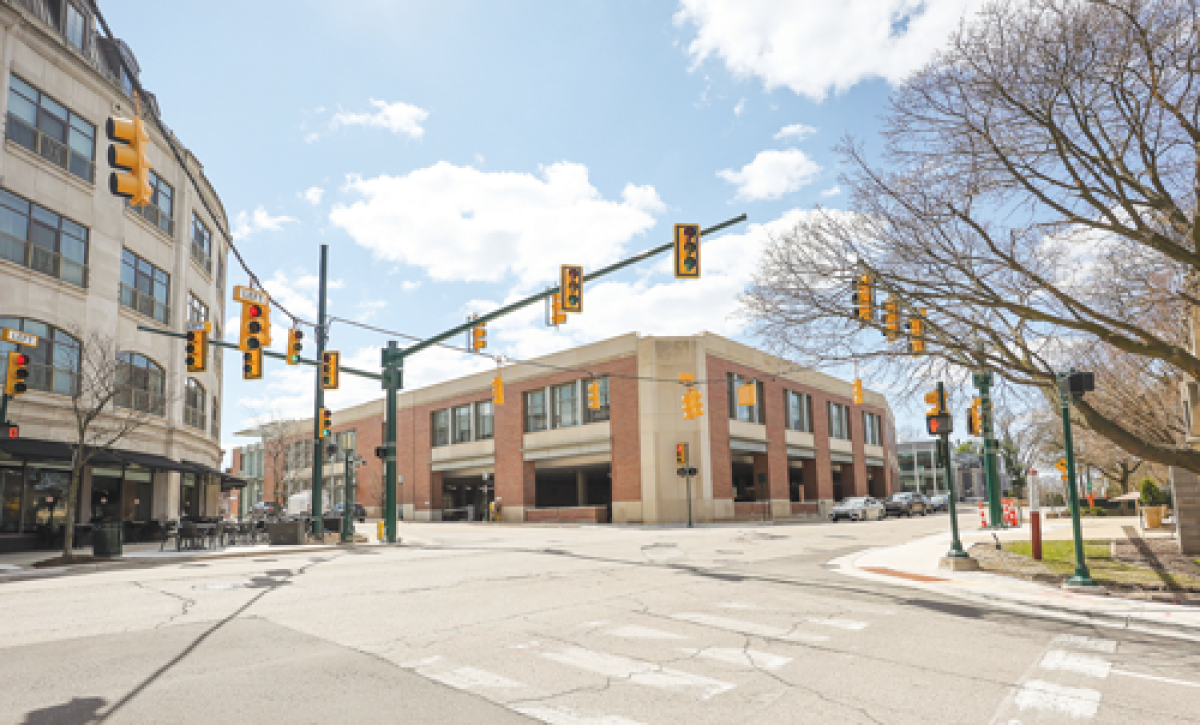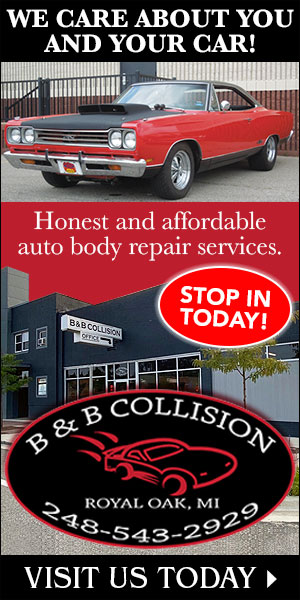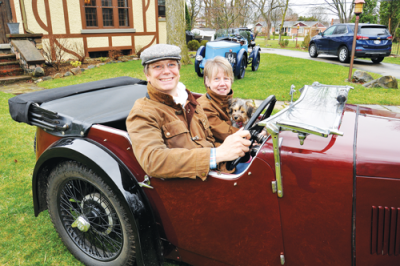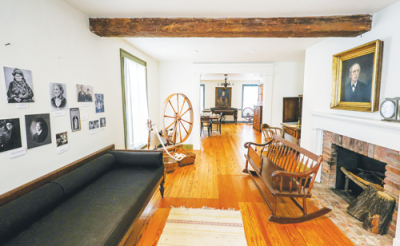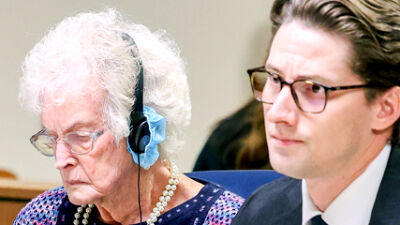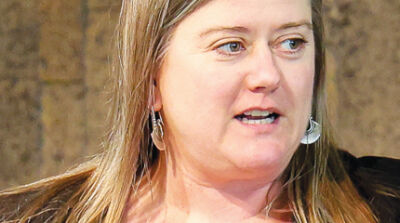BIRMINGHAM — At the Birmingham City Commission meeting April 7, the commission unanimously voted in favor of a resolution that approved the proposed Willits and Bates Project design.
Several changes to the intersection will be made, including the reduction of Bates Street from Maple Road to Willits Street down to two lanes; the removal of the current island at the intersection of Willits and Chester Street; the installation of bumpouts at the intersection of Willits and Bates Street; the review to determine if extending pedestrian crossing time is possible; and the installation of a bumpout with a mountable curb at the southeast corner of the Willits and Bates intersection.
All of these recommendations are under the same resolution, which reads, “Resolution to approve the proposed design for the Willits and Bates Project by converting Bates Street from Maple to Willits down to 2 lanes (Conceptual Recommendation C), to approve that the intersection of Willits and Chester to be designed to remove the current island as indicated in Exhibit A, bump outs to be installed at the intersection of Willits and Bates as shown in Exhibit B and have F&V review if the pedestrian crossing time can be extended further, and to install a bump out at the southeast corner of Willits and Bates intersection with a mountable curb as shown in Exhibit D.”
At the meeting, Melissa Coatta, Birmingham’s city engineer, presented the capital improvement project. Options for the proposed design of this project were initially presented to the City Commission Feb. 24, resulting in the city’s direction to bring Conceptual Recommendation A, Conceptual Recommendation B, and Conceptual Recommendation D to the city’s Multi-Modal Transportation Board. The board reviewed these recommendations at their meeting on March 6. Conceptual Recommendation A is centered around the intersection of Willits and Chester, where there is currently an island at the northwest corner. The recommendation is to remove it. With concerns about speeding, the idea of a “T” intersection was brought up. But after a review by Fleis & VandenBrink (F&V), it was determined that the existing driveway approaches in this area would make this plan an issue. According to aceable.com, a T intersection is “an intersection of two roads that looks like, well, a T.”Following Coatta’s presentation, Mayor Pro Tem Clinton Baller said at the meeting, “That sort of condition, which you describe as a conflict, exists all over the city, and it was intentionally done all over the city. It isn’t as if we have tried to avoid that condition anywhere else, and I fail to see why that should be used as a reason for rejecting this.”
Julie Kroll, from Fleis & VandenBrink, responded at the meeting by saying there were a few concerns about the “T” intersection model, including the driveway conflicts and the concerns of operations that could arise if this was made into an all-way stop.
At the meeting, Birmingham City Commissioner Jason Emerine commented on Kroll’s explanation of the operations concerns. He said that if stop signs are added, the queuing at the intersection will mess with the signal timing at other intersections.
“If we want to talk about putting stop signs here, which I think is a bad idea, then we need to restudy all of the signals and their operations at those other two intersections and see if we can make them function,” Emerine said.
Emerine later added in his statement, “I disagree with it as an option. I think the multi-modal board appropriately disqualified this based on our traffic engineering consultants’ recommendation.”
Birmingham City Commissioner Andrew Haig also commented on the driveway conflicts with the “T” intersection design at the meeting, stating, “The reason I don’t like this — I don’t like the driveway conflicts, actually. I think for those two properties — that’s just going to be a real headache.”
Although having a left-hand turn lane was reviewed by the board, that option would cause a configuration that is not ideal for traffic turning left.
Conceptual Recommendation B focuses on the intersection of Willits and Bates and adding bumpouts. The City Commission was previously concerned about trucks turning at that location. Nowak and Fraus, an engineering consultant, drew out how trucks would be able to turn with the bumpouts.
At this intersection, the city is also working with F&V and the Road Commission for Oakland County to determine the possibility of extending pedestrian intervals.
No further study was conducted on Conceptual Recommendation C, which proposes that Bates be converted into two lanes and adding 15-minute parking.
Conceptual Recommendation D proposes to add a bumpout with a mountable curb at the southeast corner of the Willits and Chester intersection. The mountable curb is so that trucks can drive over the curb if need be, without potentially breaking it.
The resolution to approve the recommendation presented by Coatta was ultimately approved.
 Publication select ▼
Publication select ▼